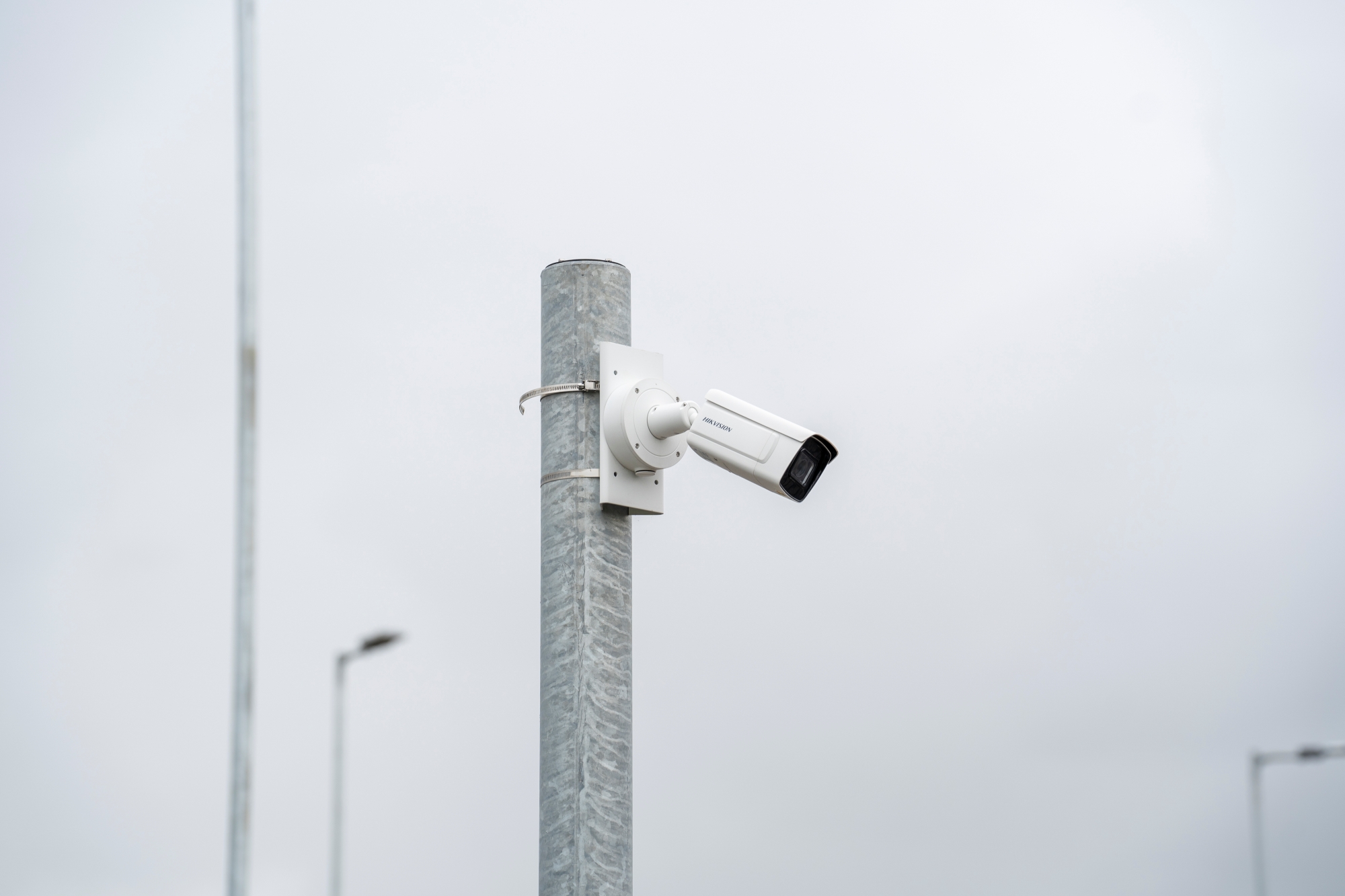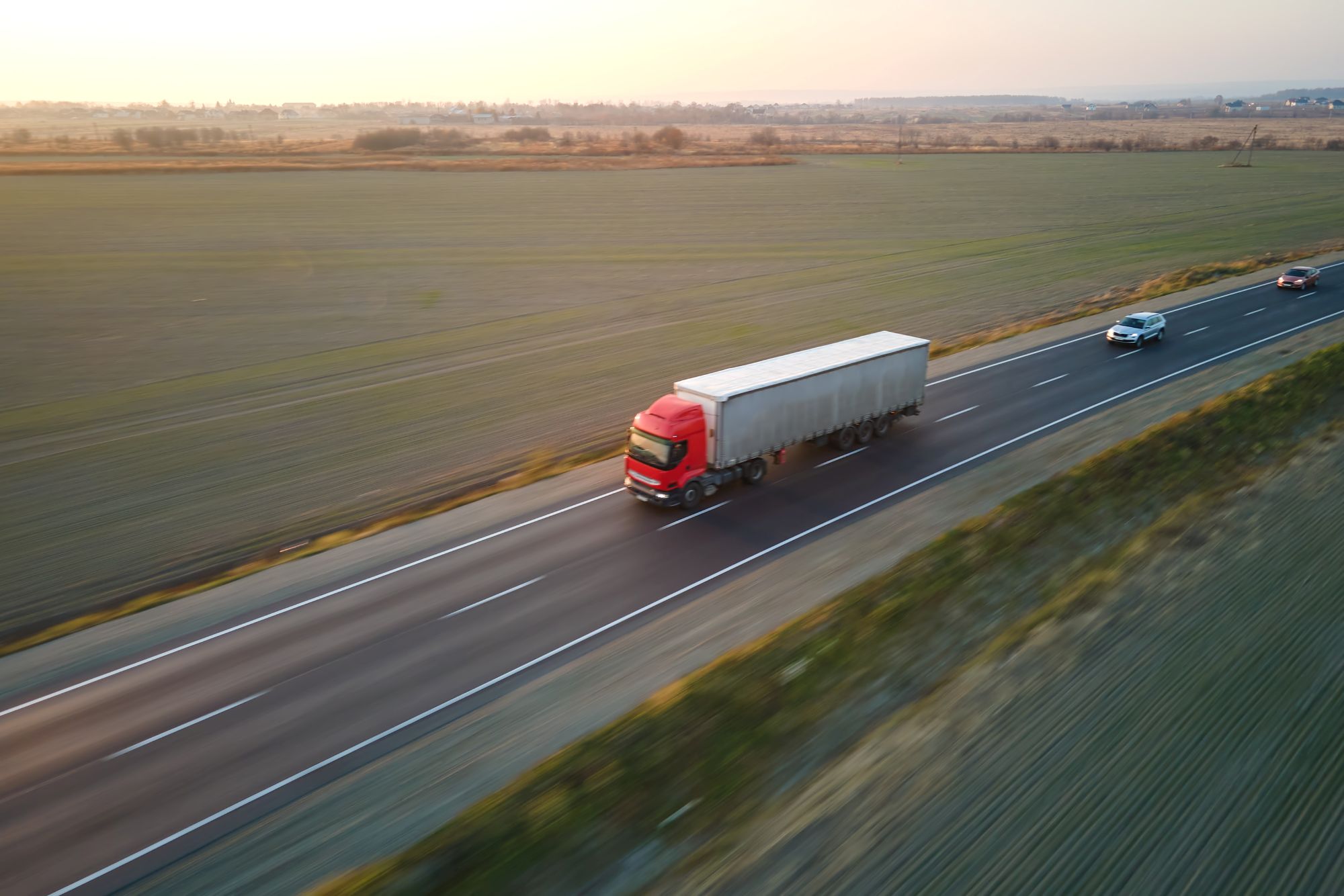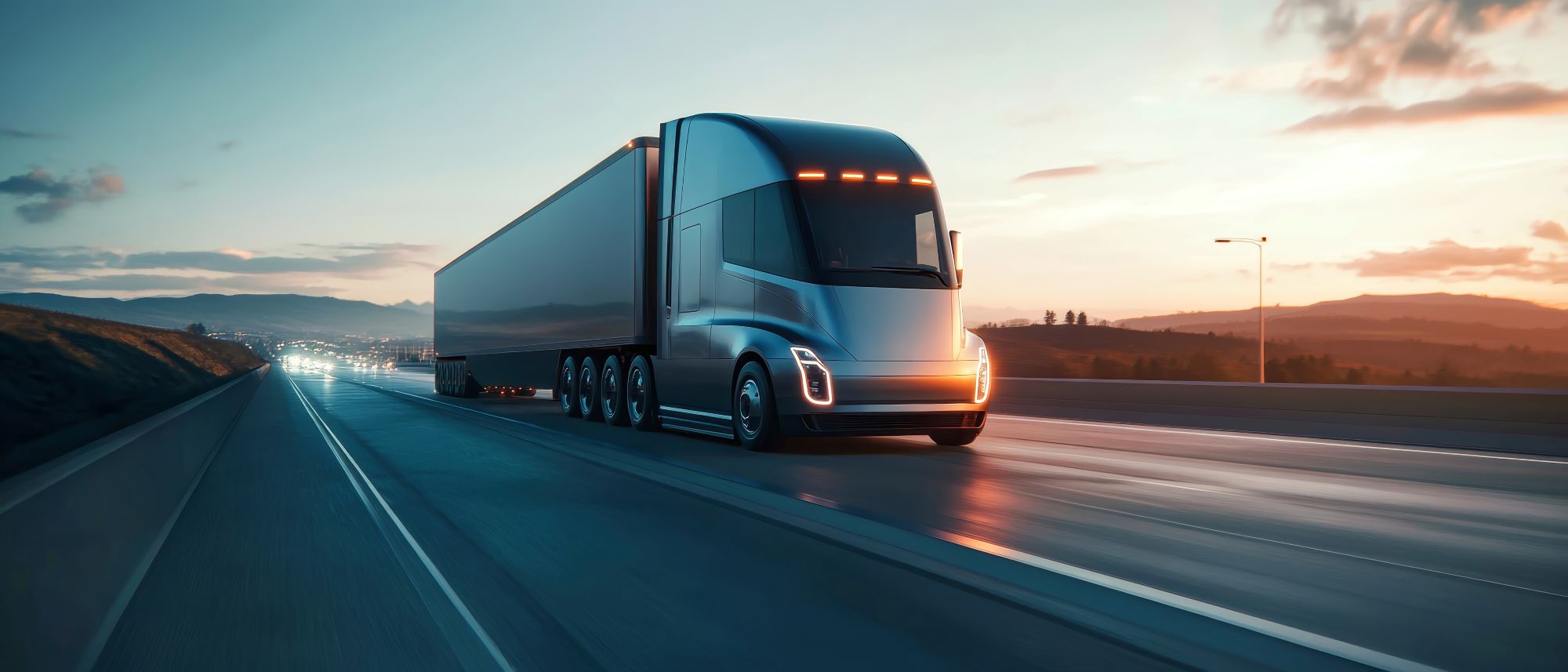
Miranda Blake
Водители недовольны остановками грузовиков: В чем проблема?
Создано: 11.11.2024
•
Обновлено: 09.12.2025
Недавнее исследование [https://d3cez36w5wymxj.cloudfront.net/wp-content/uploads/2024/11/04184443/Lorry-Driver-Facilities-Survey.pdf], проведенное независимой организацией Transport Focus, показало, что почти половина водителей грузовиков не удовлетворена количеством и качеством стоянок для грузовиков в Англии. По их мнению, качество последних также ухудшилось за последний год.
Здесь, в SNAP, у нас есть сеть стоянок для грузовиков, предлагающих превосходные услуги (более того, скоро мы учредим собственную премию, отмечающую лучшие стоянки для грузовиков!) Так что, если есть множество отличных стоянок, возникает вопрос: почему водители так недовольны?
Более глубокое погружение в проблему
Для начала давайте посмотрим, чем они недовольны. Водители говорят, что не чувствуют себя желанными гостями и в безопасности на каждой остановке. Кроме того, они не могут нормально отдохнуть или вкусно поесть. В некоторых отзывах говорится, что не всегда есть здоровая пища или чистые душевые и туалеты. Одна из женщин-водителей также отметила, что в женском туалете нет душа, поэтому у нее нет другого выбора, кроме как идти мыться в мужской.
Однако важно отметить, что эта статистика получена от тех, кто решил сделать перерыв на этих остановках, так что, скорее всего, есть определенный уровень удовлетворенности. Более того, в ходе исследования водителей спрашивали об их опыте только на трети от общего числа стоянок для грузовиков, автострад и дорог категории А в Англии. Кроме того, многие стоянки для грузовиков получили удовлетворительные оценки не менее 95 %, а общий уровень удовлетворенности составил 86 %.
Так что, возможно, проблема не так велика, как кажется. Но индустрия, конечно, не может игнорировать ее - особенно учитывая то, что мы обнаружили.
Что обнаружило исследование SNAP
Мы выяснили, что 70 % водителей выбирают стоянки, а не станции техобслуживания или стоянки для грузовиков, и основной причиной этого является недостаточная безопасность. Например, они уже сталкивались с тем, что у них срезали шторы. Однако стоит отметить, что в 2023 году полиция Кембриджшира сообщила, что [46 % краж грузов произошли на улицах или стоянках] (https://www.rsainsurance.co.uk/news/insurance/tackling-cargo-crime-in-2024/#:~:text=The%20majority%20only%20offer%20a,these%20happened%20in%20lay%2Dbys.), по сравнению с 27 % на станциях техобслуживания - что говорит о том, что водители, возможно, беспокоятся не о том месте.
На наших страницах в социальных сетях более половины водителей грузовиков заявили, что, по их мнению, британские остановки для отдыха не являются безопасными и надежными по сравнению с европейскими. А в тех местах, где уровень защиты выше, 70 % видели, что они заполняются к раннему вечеру.
Хотя это означает, что количество сайтов недостаточно для удовлетворения спроса, многие из них имеют фантастическую безопасность. Поэтому тем, у кого ее нет, следует подумать о том, как ее повысить.

Обеспечение высочайшего уровня безопасности парков грузовых автомобилей
Мы предоставляем разнообразные услуги для улучшения качества обслуживания, включая наши лучшие в отрасли пакеты безопасности SNAP Access & Security. От ANPR-камер и шлагбаумов до CCTV - мы обеспечиваем наилучшую защиту автостоянок, а значит, водителей и всех грузов автопарков.
Вы можете узнать больше о [SNAP Access & Security] (https://snapaccessandsecurity.com/) или познакомиться с другими нашими услугами (например, парковкой и мойкой) [здесь] (https://snapacc.com/).



